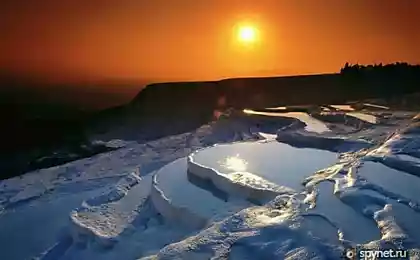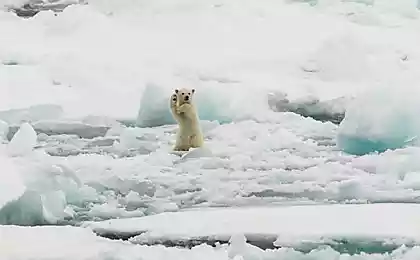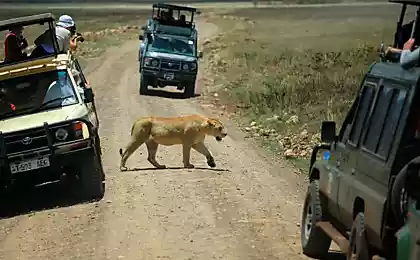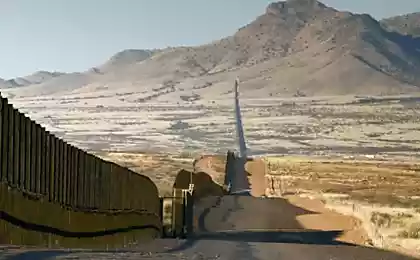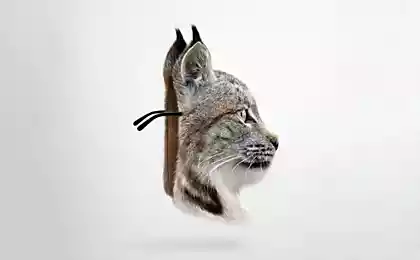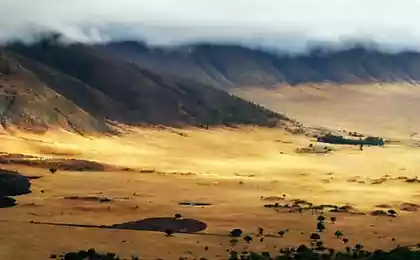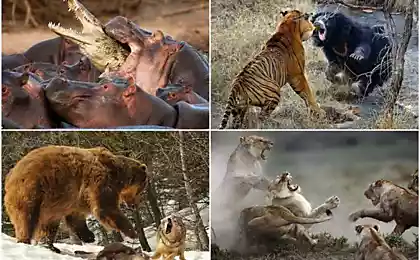737
Ngorongoro
Ngorongoro Biosphere Reserve, which is located in Tanzania, is a quite large crater. This crater, according to researchers, there was a very long time, about 2, 5 million years ago, due to the collapse of a huge volcano.

Located on the edge of the Ngorongoro Serengeti savannah in the north-west of Lake Manyara. Crater impresses visitors with its size, since it is equal to the depth of 610 meters and a diameter of 21kilometr, with an area population of about 265 square kilometers.


The difference in height, as well as the dynamics of air masses rather strongly affect the microclimate biozapovednika, no small role in this respect plays and location of a particular territory. For instance, at higher altitudes encountered severe fog, high humidity are dominated timber and evergreen tall grass. The bottom of the crater nestled more sparse vegetation, shrubs and herbs in this place is not so thick and high, dominated by acacia forests.

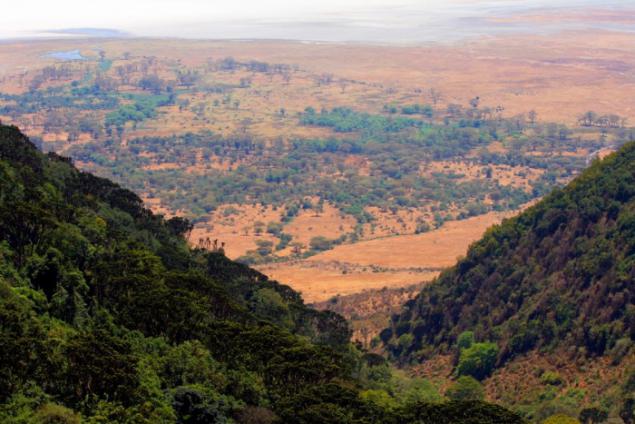

In 1979, the Ngorongoro Conservation Area was included YUESKO World Heritage List as an outstanding natural monument, after two years, it is recognized biosphere reserve.


The Reserve Ngorongoro scientists count more than twenty-five thousand animals in this crater highest density of predators throughout the African continent. In the reserve there are buffalo, zebras, antelopes and gazelles, which hunt leopards and lions. Live in these parts elephants, black rhinos and, surprisingly, hippos, because they usually are not found in these latitudes.

It is also surprising that in the Ngorongoro Crater was formed over many millennia own environment, which is home to various species of animals, and they do not have the ability to choose the top.

At the bottom of this unique natural attractions of Tanzania is a beautiful lake Magadi, which inhabits a large population of flamingos.
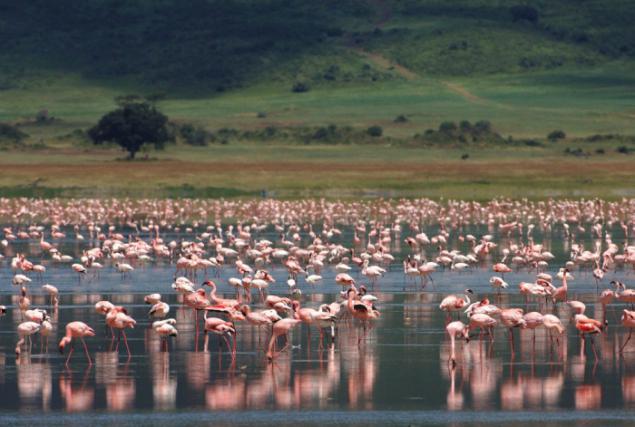
©

Located on the edge of the Ngorongoro Serengeti savannah in the north-west of Lake Manyara. Crater impresses visitors with its size, since it is equal to the depth of 610 meters and a diameter of 21kilometr, with an area population of about 265 square kilometers.


The difference in height, as well as the dynamics of air masses rather strongly affect the microclimate biozapovednika, no small role in this respect plays and location of a particular territory. For instance, at higher altitudes encountered severe fog, high humidity are dominated timber and evergreen tall grass. The bottom of the crater nestled more sparse vegetation, shrubs and herbs in this place is not so thick and high, dominated by acacia forests.



In 1979, the Ngorongoro Conservation Area was included YUESKO World Heritage List as an outstanding natural monument, after two years, it is recognized biosphere reserve.


The Reserve Ngorongoro scientists count more than twenty-five thousand animals in this crater highest density of predators throughout the African continent. In the reserve there are buffalo, zebras, antelopes and gazelles, which hunt leopards and lions. Live in these parts elephants, black rhinos and, surprisingly, hippos, because they usually are not found in these latitudes.

It is also surprising that in the Ngorongoro Crater was formed over many millennia own environment, which is home to various species of animals, and they do not have the ability to choose the top.

At the bottom of this unique natural attractions of Tanzania is a beautiful lake Magadi, which inhabits a large population of flamingos.

©




